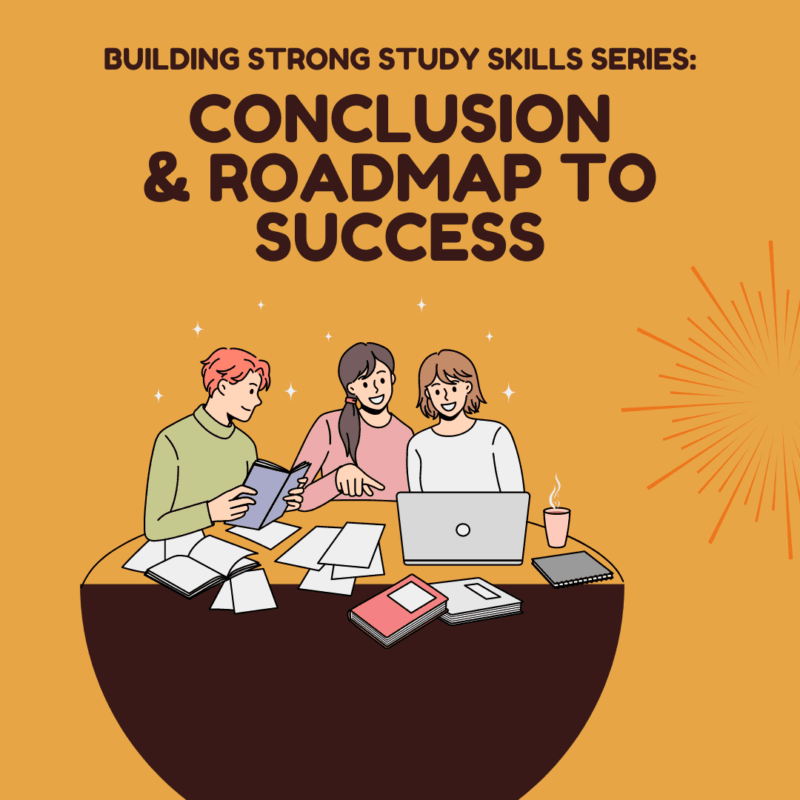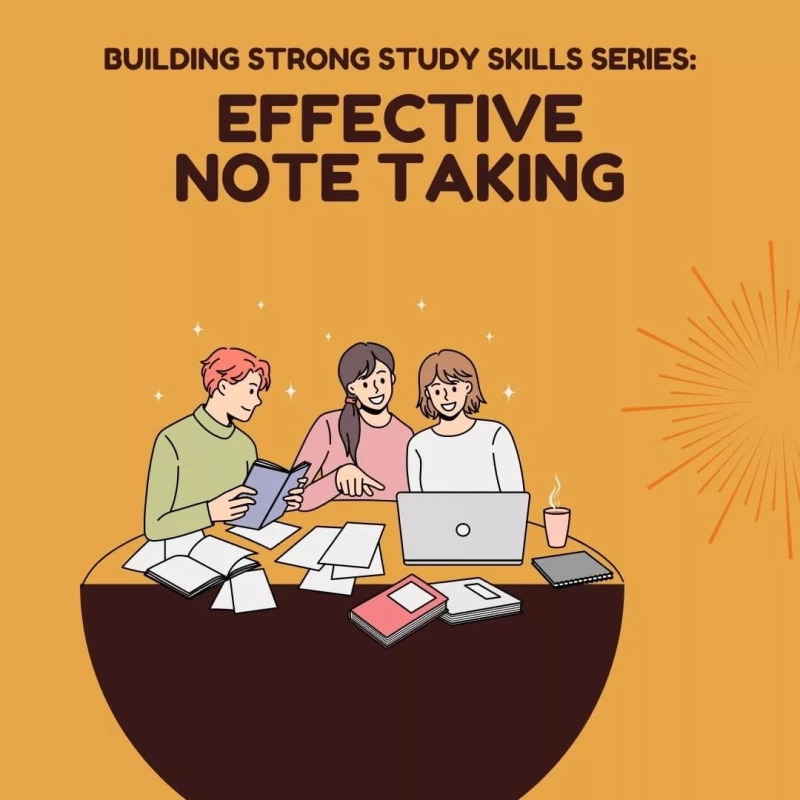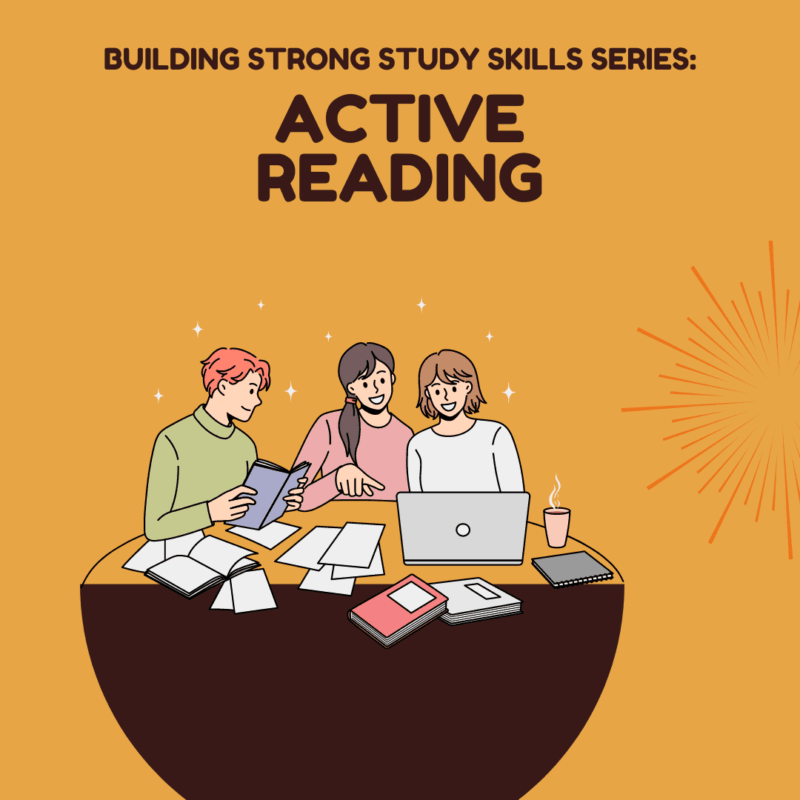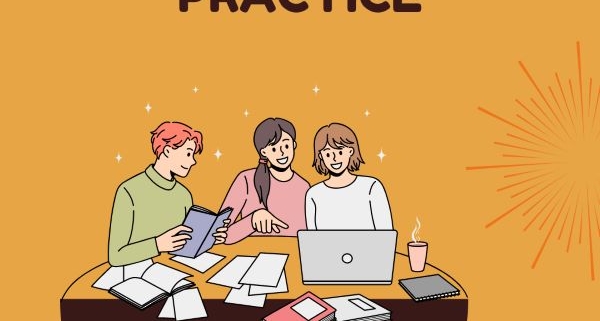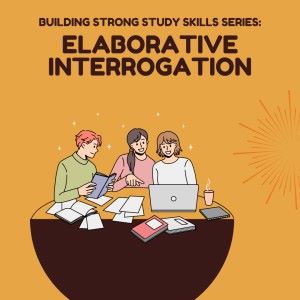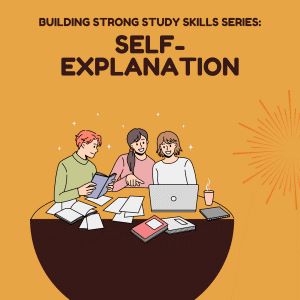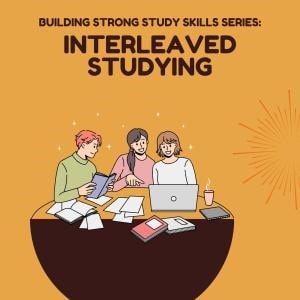Note: This series details how to study smarter, not harder, to help students succeed in their academics. All information in this series draws upon principles from psychological research on learning and memory.
Students often ask me about how to take better notes. I often notice that these students use the outline method, where they write their notes bullet-by-bullet and organize the notes with headings.
While the outline method is not terrible, it also isn’t the most effective way to take notes. A better option is the Cornell method, which is one of the most effective note taking techniques.
Proper Technique
Create two columns on a page. The left column should be 2.5” wide and the right should be 6” wide. And leave a 2” tall space at the bottom. Don’t agonize over these proportions, though.
Take notes in the right column. And add comments, questions, and key terms to the left column. Then write a brief 2-4 sentence summary of the notes at the bottom of the page.
Comments can look like “important!,” “will be tested on this,” “this relates to concept x,” etc. Write a question in the left column when you don’t understand something. Or write questions that test for understanding.
Tips for Success
There are two very important tips when it comes to notetaking. Write the notes in your own words. And, review your notes repeatedly until your test. Always review notes on the same day that you took them. Then review them the next day and every few days after that.
Don’t write everything you see and hear in lecture. This is a surefire way to get overwhelmed and miss content. At the same time, don’t write too little. If your notes are too sparse, it will be difficult to study from them.
Write short, succinct sentences. To save time, try using abbreviations and symbols that you will understand later when you are reviewing your notes.
Handwriting your notes is more effective for learning than typing notes. However, if you have handwriting that you have trouble reading, then typing your notes will be just fine.
Why It Works
Cornell notes are extremely organized, which helps organize your understanding of the material. The structure of the notes provide the perfect study guide, too! Use those comments, questions, and key-terms written in the left column to test yourself on the content in the right column. And be sure to review your summaries at the bottom of the page.
Summary
The Cornell note taking technique is highly effective and doubles as a study guide. It can be challenging to use at first, but will become easier with practice.
Keep up with our weekly Building Strong Study Skills series to learn the most effective study strategies and succeed in your academics. Schedule a session with one of our expert tutors today to receive all the information and guidance you need to gain a deeper understanding of your academics and perform better on your tests! Building effective study habits takes time, so the sooner you get help, the better prepared you will be by the time finals roll around.
Read Other Articles in The Building Strong Study Skills Series
Sources:
- Terry, W.S. (2018). Learning and Memory: Basic Principles, Processes, and Procedures, Fifth Edition. New York, Routledge, a Taylor and Francis Group. ISBN 978-1-13-864591-2.
- Rhodes, M.G., Cleary, A.M. and DeLosh, E.L. (2020). A Guide to Effective Studying and Learning: Practical Strategies from the Science of Learning. New York, Oxford University Press. ISBN 978-0-19-021447-0 (pbk).
